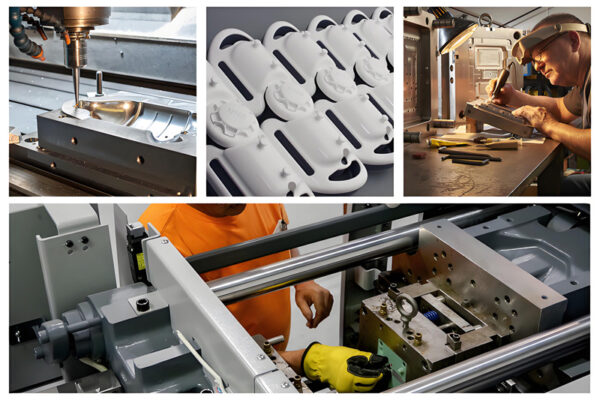What is Rapid Prototyping?
Typically, newly developed or designed products require a prototype, which is the first step in verifying the feasibility of the product and the most direct and effective way to find defects.
The initial finished product design is usually not perfect or even usable. In the event of defects in direct production, the product will be completely scrapped, a huge waste of labor, materials and time.
If we want to find out the deficiencies and shortcomings of a newly designed product, then rapid prototyping is really the optimal choice. Rapid prototyping allows for quick, small-scale production of the product, so that targeted improvements can be made to the deficiencies until they can’t be identified from a single prototype sample.
Generally, a prototype is a small number of samples with a short production cycle and less human and material resources. It can quickly find the shortcomings in product design and improve it, providing sufficient basis for product standardization and mass production.
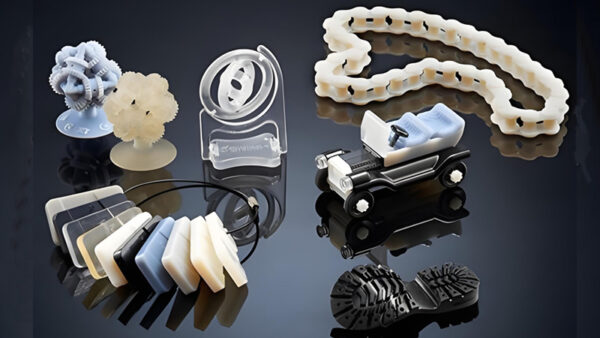
So, a prototype for products that require mold production is a functional template made based on the appearance or structural drawings of the product, without the need for a mold, to check the rationality of the appearance or structure.
There are many ways to refer to a prototype, and professional terms refer to it as “sample, verification piece, sample, proportional model, etc.” Simply put, a small number of verification samples manufactured before the product is finalized,We call it rapid prototyping.
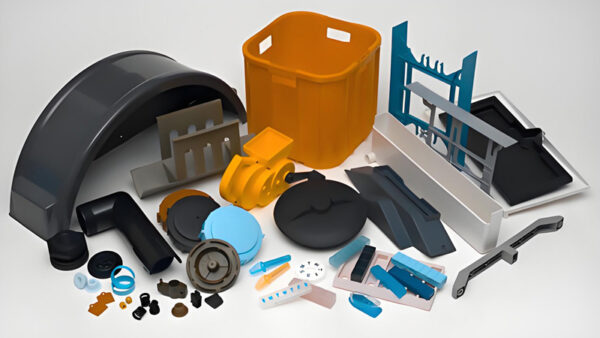
Advantages of Rapid Prototyping
- The main advantages of rapid prototyping are fast speed, reduced development time, and greatly improved system development efficiency.
- Realize the integration of design and production.Due to the difficulty for users to understand and articulate their requirements in detail before seeing the prototype, and the fact that what users see is the actual working model rather than the requirements described in monotonous language or graphics, the use of rapid prototyping makes the definition of information requirements more intuitive and simple.
- Through a series of modifications and improvements to the prototype, user satisfaction with the design has been greatly increased, thereby improving the quality of the information system.
- Reduced system development costs.
- It can manufacture various complex shaped parts. The prominent feature of rapid prototyping technology is its good flexibility, which can manufacture many complex shaped parts under computer control to meet people’s production needs.
- The universality of materials. Because rapid prototyping technology can be applied to various materials, it can produce a variety of products.
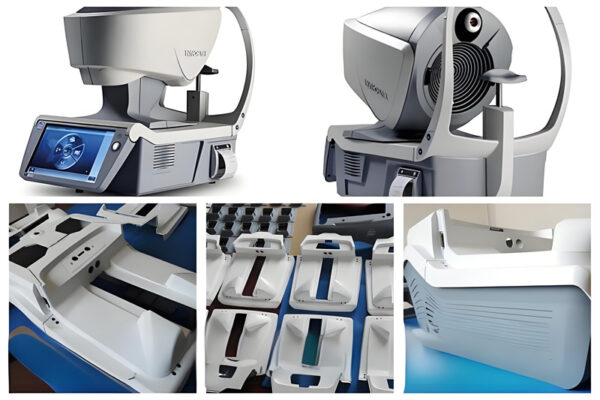
Why choose us for rapid prototyping in china?
At ALLIED, we provide a one-stop solution for customizing and manufacturing hand boards for the medical industry by utilizing a range of processing techniques, including CNC machining, 3D printing, silicone replication, RIM low-pressure injection, and more.
We will select the most suitable specific type of prototype processing method and materials for the project based on the product design, expected use, and customer requirements, and deliver them on time while ensuring product quality. This will help customers quickly transition from concept to actual products and help them push products to the market more quickly and efficiently.
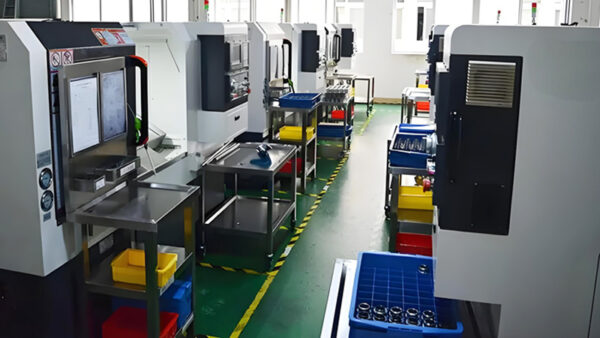
Allied have our own factory, with the company’s strong R&D and technical strength, after years of reliable operation and perfect after-sales service, we have gained a lot of praise from customers. If you have any needs or questions regarding CNC machining, please contact us directly, we will give you a satisfactory program reply in the shortest time.
